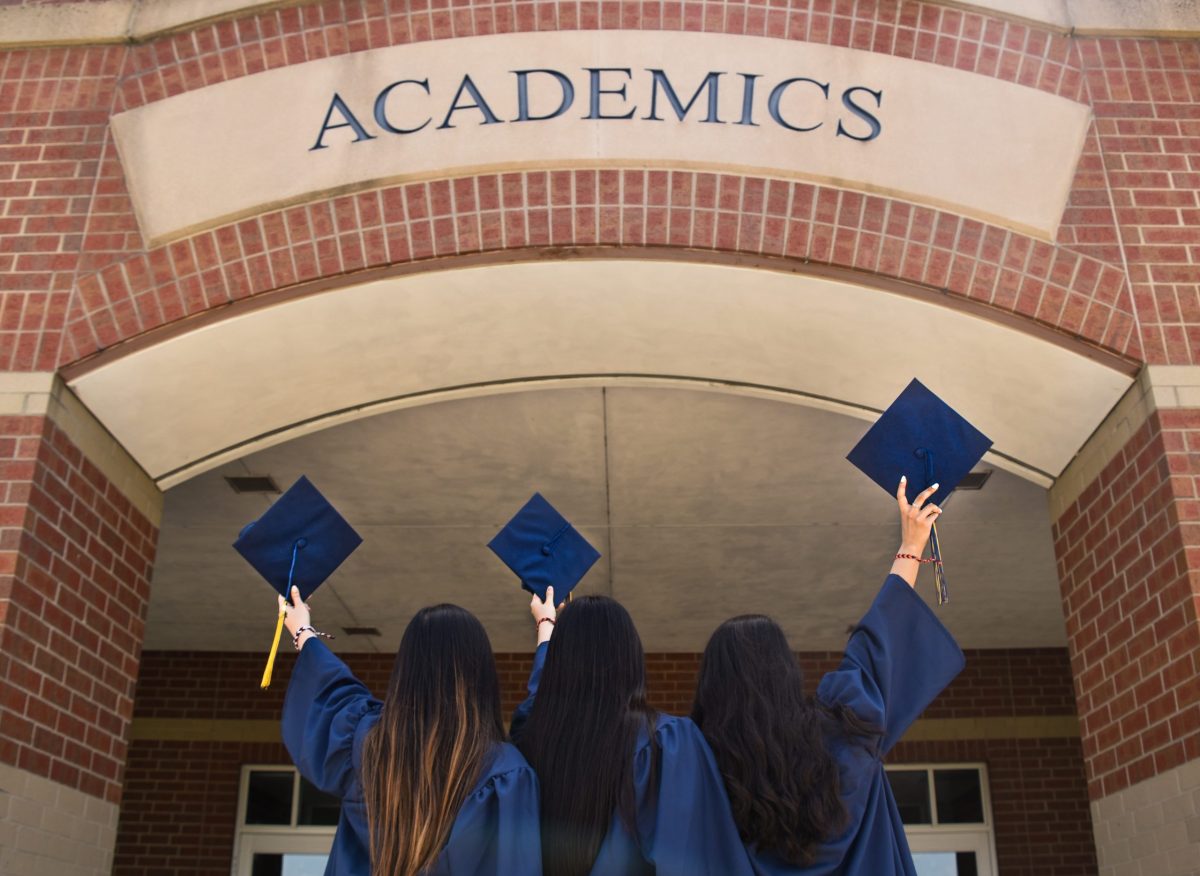While, in the last few years, higher education has seen dwindling enrollment rates, high school graduation rates have gone in the opposite direction. In fact, high school graduation rates have reportedly increased, despite, or perhaps as a result of, COVID-19.
An increase in high school graduation rates is surprising considering the educational limitations that the pandemic imposed. One would think that obstacles such as social distancing, lack of face-to-face interaction, and virtual learning—not to mention the physical, mental, and emotional distresses that arose during the global pandemic—would have hindered students’ completion of their schooling. However, since 2017, high school graduation rates have improved. The national HSGR was 87.5 percent in 2019 (pre-pandemic), 88.1 percent in 2020, and 87.8 percent in 2021 (a slight drop, but still higher than 2019).
A theory that may explain this surprising increase is the lowering of academic standards to accommodate for the pandemic. As Higher Ed Dive recently expressed, high schools “basically said, ‘just show up and you’ll pass your classes.’” This sentiment eventually devolved into optional attendance in states like Idaho and Kansas, where minimum instructional hours were waived, and into further laxity in Tennessee, where a lack of attendance was not penalized during Covid.
Along with optional attendance policies, grade-inflation increased disproportionately during Covid. A study from ACT discusses pre-pandemic and pandemic grade-inflation by comparing high school grade point average (HSGPA) and standardized test scores. According to the testing firm, “Grade inflation became apparent in 2020 and 2021, with the rate of grade inflation increasing substantially during those years.”
Starting a new academic endeavor during COVID-19 was less practical than finishing one (i.e., graduating).Over the years, HSGPA has increased, while ACT/SAT scores have stayed the same or decreased. Grade-inflation between 2018 and 2021 is especially pronounced: The average HSGPA was 3.28 in 2018 and increased to 3.39 in 2021. Meanwhile, the average ACT composite score dropped from 20.83 in 2018 to 20.17 in 2021. While ACT scores are standardized measures of academic ability, HSGPA is more subjective. At that subjective high school level, three observable changes occurred: first, a relaxing of credit requirements; second, a softening of testing and graduation exam requirements; and, third, a relaxing of attendance requirements, as previously mentioned.
An additional posited theory is simply that starting a new academic endeavor during COVID-19 was less practical than finishing one (i.e., graduating). According to a Brookings report, kindergarten enrollment dropped during the pandemic, ninth grade enrollment dropped, and, as previously reported, college enrollment dropped, as well. Applying, enrolling, moving, and meeting new people in the midst of a pandemic was a lot more complicated than remaining in the same environment and finishing something that one had already started. Similarly notable is the vastly different financial commitment that is finishing high school versus enrolling in college.
An increase in high school graduation rates is no cause for celebration if lowered academic standards and rising grade-inflation are responsible for that growth. Although some changes were temporary to accommodate for Covid, other changes are being made permanent. Similarly, lowered academic rigor and grade-inflation existed pre-pandemic. They were simply exacerbated during Covid. As a result, high school graduates are being sent unprepared to college-level classes. With the decrease in college enrollment, the future of higher education is looking bleak.
Natalia Mayorga recently graduated with a bachelor’s in psychology from UNC-Chapel Hill and is a Martin Center intern.

